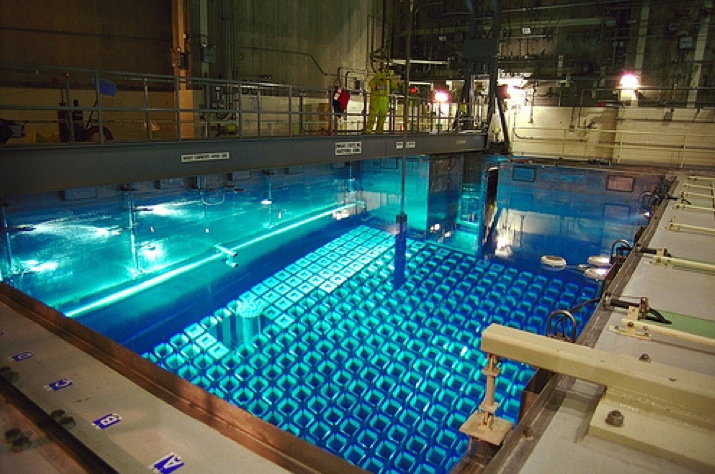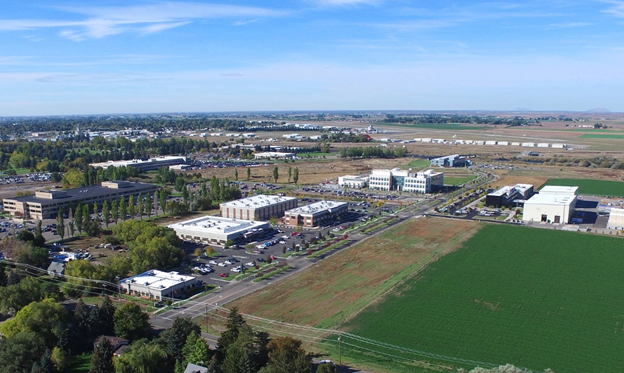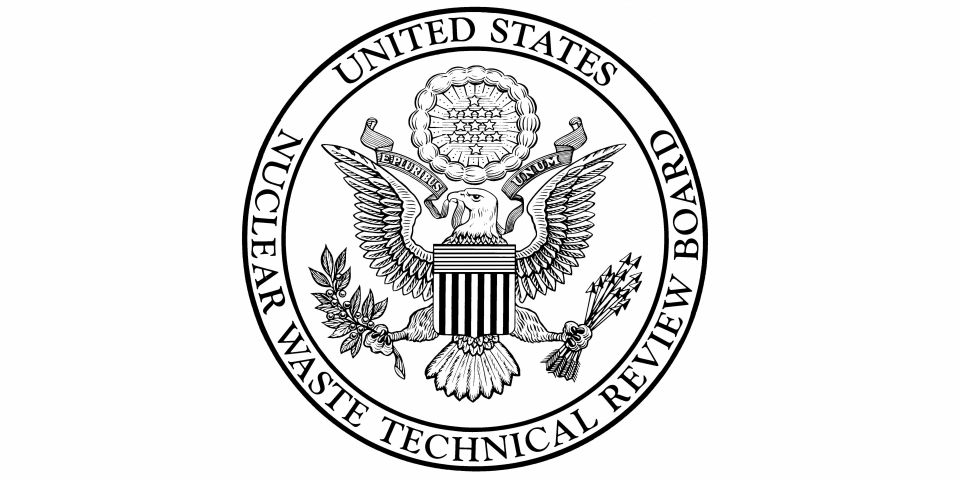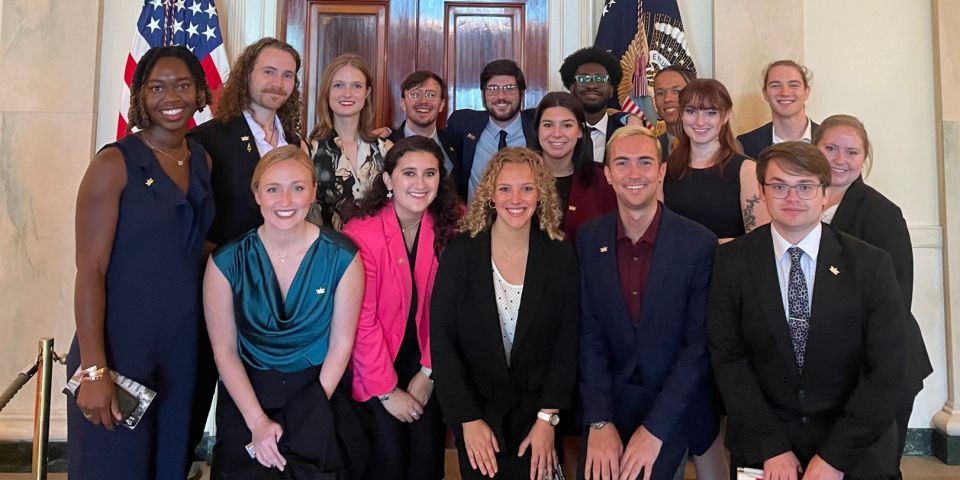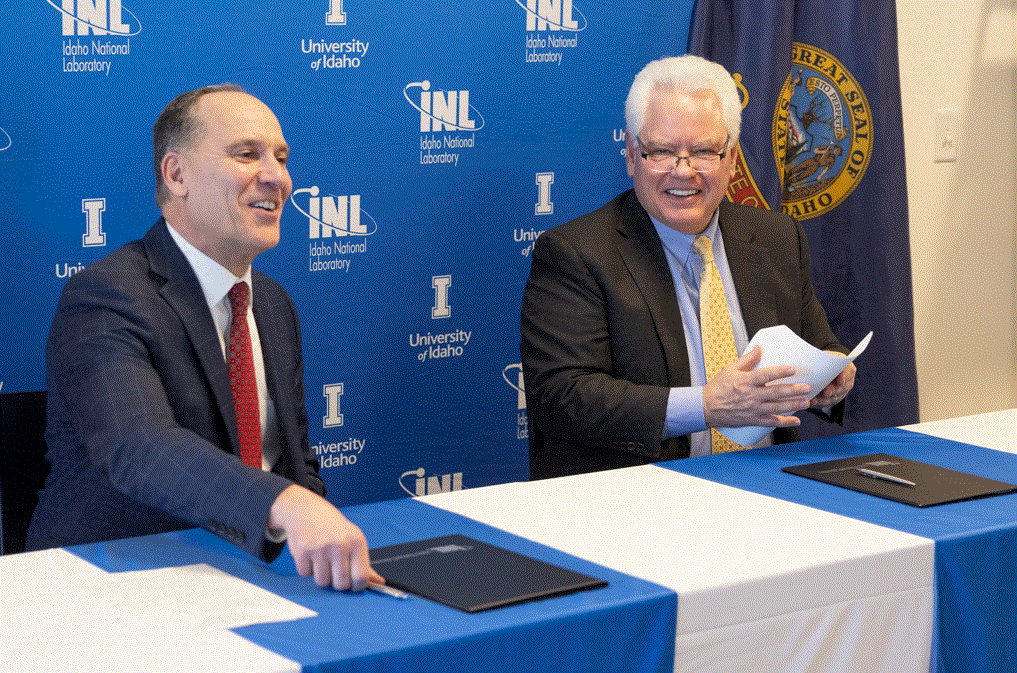Task force issues assessment of U.S. nuclear energy R&D funding for 2020s
Recommended R&D increase just 0.6% the cost of Biden climate plan
La Grange Park, IL –A task force commissioned by the American Nuclear Society (ANS) issued an assessment of U.S. nuclear energy research and development funding needs for the 2020s. The study is a prospectus for appropriations as Congress and the Biden administration consider ways to support and expand America’s largest carbon-free energy technology, nuclear energy.
The study, titled “The U.S. Nuclear R&D Imperative,” outlines the level of federal investments for meeting nuclear energy R&D needs and enabling a commercial scale-up of U.S.-designed advanced reactors in the 2030s. The report also looked at maximizing nuclear energy for decarbonization, economic growth through high-paying nuclear jobs, and preservation of U.S. influence in global nuclear safety and standards.
“Accelerating R&D support now will help secure America’s clean energy future by deploying first-of-a-kind advanced reactors later this decade,” said Task Force co-chair Dr. Mark Peters, Executive Vice President for Laboratory Operations at Battelle and former Director of the U.S. Department of Energy’s Idaho National Laboratory (INL).
“An affordable, deep decarbonization of the energy sector requires a significant increase in federal investments in nuclear energy research and development,” Peters said. “Without increased and sustained R&D support, more U.S. reactors will be shut down by 2035 and advanced reactor systems will not be deployable, resulting in a weakened power grid, higher emissions, and higher energy costs.”
The ANS Task Force on Public Investment in Nuclear Research and Development brought together 20 technical experts from the DOE’s national laboratories, universities, private developers, utilities, suppliers, and professional divisions within ANS. The Task Force’s six-month assessment focused on nuclear fission R&D funding levels of programs within the DOE’s Office of Nuclear Energy.
The Task Force determined that a near doubling in annual appropriated funding levels for core nuclear R&D activities would ensure the commercial deployment of U.S. advanced reactors in the 2030s. In all, the Task Force recommends approximately $10.3 billion in additional discretionary spending by 2030, when compared to levelized funding at FY 2021 enacted levels. Concepts that progress from R&D to deployment may receive early market support through other federal mechanisms.
The Task Force noted that the additional funding would be valuable to catalyze the deployment of an advanced reactor fleet at levels required to meet the Biden administration’s climate goals of a carbon-free power sector by 2035 and a net-zero economy by 2050.
Additional funding could offset high regulatory costs for advanced reactor licenses, jumpstart the production of hydrogen and other low-carbon fuels with advanced nuclear energy, and deploy new nuclear manufacturing and supply chain capabilities and industries across the U.S.
The recommended additional federal nuclear R&D investments are a small fraction of the total cost needed to mitigate climate change. In comparison to the costs of President Biden’s $1.7-trillion climate plan, the requested additional nuclear R&D support of $10.3 billion over nine years is approximately 0.6 percent the size of the price tag for the administration’s 10-year strategy.
“In the face of the threats of climate change and America’s declining world influence, sustained nuclear R&D investment pales in comparison to the cost of inaction,” said Craig Piercy, Executive Director and CEO of ANS. "It is prudent to act now to support and expand nuclear energy, rather than to pay a heftier price later under duress."
“As a dispatchable zero-carbon energy source, nuclear energy can be called upon at any time to ensure electricity demand is always met,” Piercy said. “Accelerated and sustained R&D investments will preserve this unique carbon-free energy source for the decades to come when we will need it the most.”
The Task Force’s requested nuclear R&D levels would fully fund and sustain programs already authorized by Congress, including:
- Demonstrations of two designs by 2027 under Advanced Reactor Demonstration Program (ARDP) cost-sharing partnerships with private developers.
- Demonstrations of additional designs expected to mature from the current ARDP Risk Reduction for Future Demonstration award recipients.
- Support for early R&D concepts through the ARDP Risk Reduction and Advanced Reactor Concepts programs.
- Construction of the DOE’s Versatile Test Reactor by 2030 to provide the U.S. with a fast-neutron capability required for accelerated testing of advanced nuclear technology.
- Build out of the National Reactor Innovation Center for testing and demonstrations.
- And the construction of an advanced light-water reactor by 2029 through the UAMPS/NuScale Carbon Free Power Project at INL.
The Task Force believes it is also incumbent on the DOE to ensure that R&D investments build a sustainable innovation pipeline for existing and advanced nuclear technologies.
“Sustained R&D support will strengthen a vibrant national testbed and technology pipeline for nuclear energy,” said Task Force co-chair Dr. Christina Back, Vice President of the Nuclear Technologies and Materials Division at General Atomics and former Physicist at the DOE’s Lawrence Livermore National Laboratory.
“A cohesive nuclear R&D strategy will produce advanced reactors ready for deployment by 2030 as well as preserve our national scientific capabilities and nuclear workforce,” Back said. “A series of milestones is envisioned to measure and assess R&D progress, ensuring that only the most efficient nuclear innovations and designs are brought to market.”
The Task Force also recommends, as a baseline, modest funding increases for existing programs which support essential research, development, and infrastructure. This includes, but is not limited to:
- Maintaining the nation’s essential nuclear science and engineering infrastructure at our national laboratories and universities,
- The testing and development of advanced nuclear fuels for existing and advanced reactors, and
- Operational improvements of the existing fleet of nuclear power plants through the Light Water Reactor Sustainability program.
Visit www.ans.org/rnd21 to read the full report.
Established in 1954, ANS is an international professional organization of engineers and scientists devoted to the peaceful applications of nuclear science and technology. Its more than 10,000 members represent government, academia, research laboratories, medical facilities, and private industry. ANS’s mission is to advance, foster, and spur the development and application of nuclear science, engineering, and technology to benefit society.
Media Contact
Andrew Smith
202-235-6998 | media@ans.org



